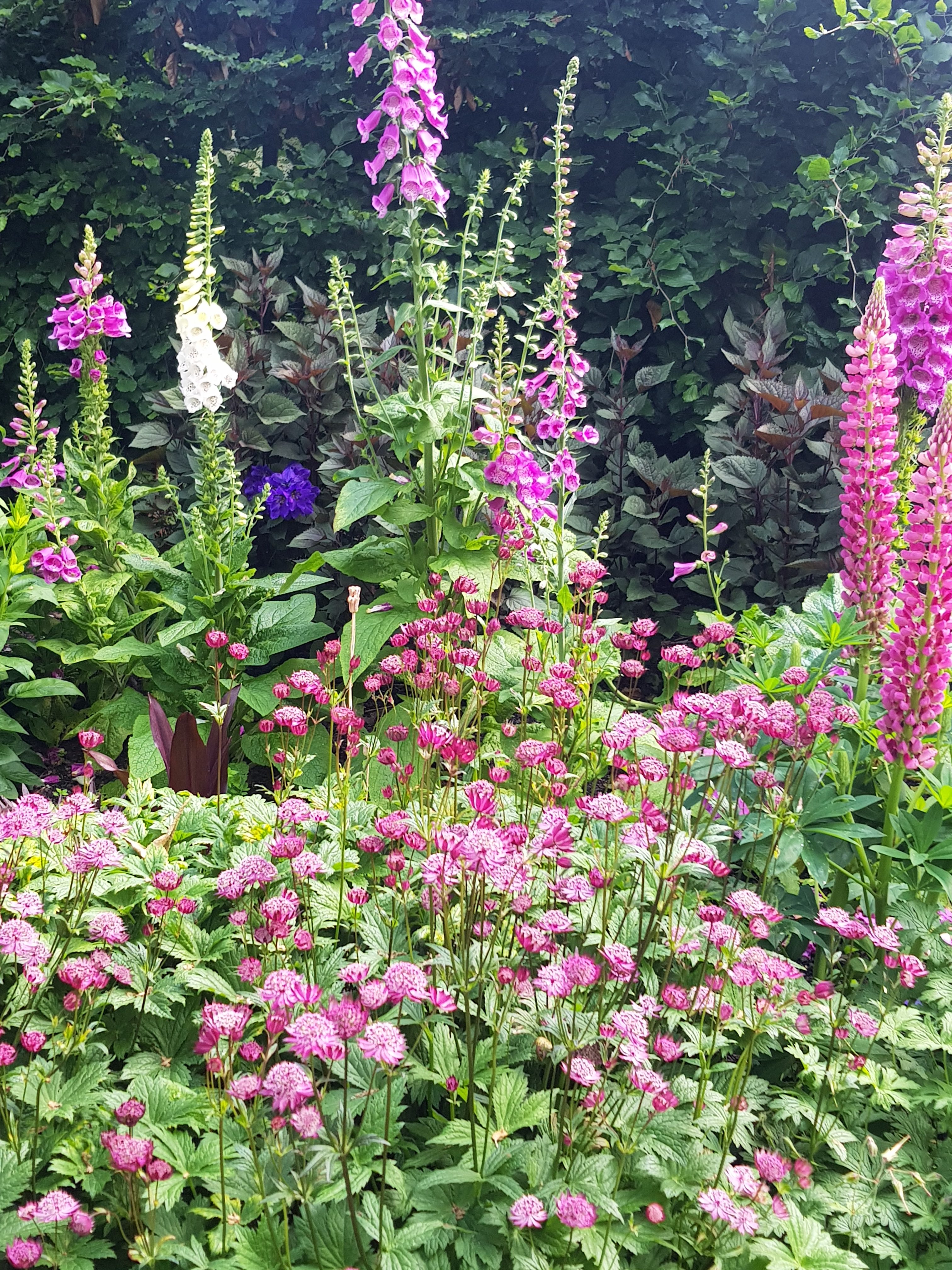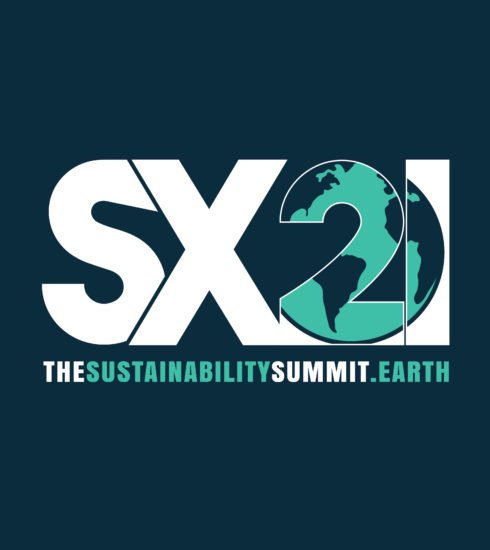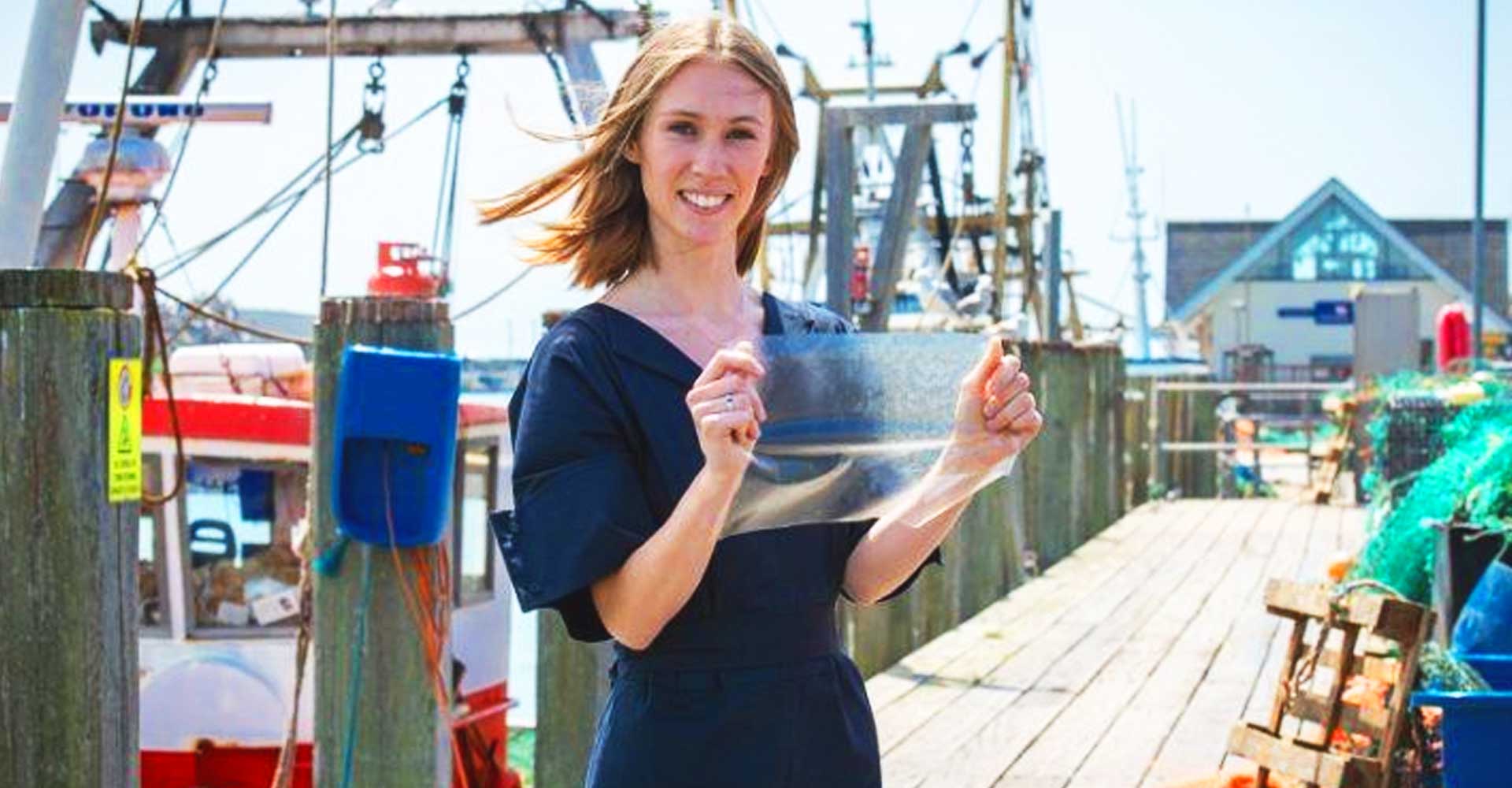What is a Sustainable community and how do we become one?
A sustainable community is one that meets the needs of everyone in the community while protecting and limiting the damage to the environment.
So aspects of a sustainable community would include well insulated homes, fuelled by renewable energy, local employment, a comprehensive public transport system, sustainable food production and a near zero waste management system.
Politicians and policy makers now understand that developing the infrastructure for the above aspects of sustainable communities is one of the best ways to address climate change. And some countries are embracing the changes with gusto with electric buses, energy efficient buildings, electricity fuelled by renewable energy, local food production and zero-waste initiatives.
Some non-governmental organisations such as Ecolise (the European network for community led initiatives on climate change and sustainability) also support pioneering sustainable communities across the world.

Martin Tobin, chief executive of the European Recycling Platform says that a sustainable community is one that is economically, environmentally and socially healthy. “Sustainable communities meet challenges through integrated solutions rather than fragmented approaches that meet one goal at the expense of another. In order to have healthy communities, we need clean air, natural resources and a nontoxic environment.”
“In order to have healthy communities, we need clean air, natural resources and a nontoxic environment.”
In Ireland, the recently published report from the joint committee on climate action is a positive move towards making Irish towns, villages and cities more sustainable. Recommendations of this cross-party committee include a shift away from car dependence, deep-retrofitting of more than 1.5 million private houses and payment to homes, schools and businesses for supplying energy to the electricity grid. All these measures would help create more sustainable communities in Ireland whilst also reducing greenhouse gas emissions.
But, for readers still grappling with the enormity of the task, let’s look at what steps are required to make our houses, our transport, our food and our waste management more sustainable.
Houses
Well insulated homes are more comfortable to live in and require less energy to keep warm. The Sustainable Energy Authority of Ireland (SEAI) offer grants to homeowners willing to install external or internal insulation in their homes. But reducing household fossil fuel emissions will also require the replacement of gas and oil fired systems with heating systems fuelled by renewable energy. Cormac Mannion, manager of energy services at Energia, says sustainability is high on people’s agenda’s today for environmental, cost or societal reasons. “Attic and cavity insulation can save a home up to 30 per cent in energy costs. We are also seeing people move to electricity generated from renewable energy. We actively work with communities across Ireland to meet their sustainability goals.”
Public Transport

An extensive affordable public transport system fuelled by renewable energy is another key aspect of a sustainable community. Converting public and private vehicles from diesel and petrol to electric would substantially reduce the fossil fuel emissions from the transport sector. The electrification of the transport system would also result in cleaner air and healthier neighbourhoods. And if people switch from their cars to using public transport, they are likely to walk and cycle more too thus increasingly their physical fitness and mental wellbeing.
Food
Local food production and distribution is another characteristic of sustainable communities. While agriculture remains one of the highest emitters of greenhouse gas emissions in Ireland, community gardeners and horticulturists are responding to the interest in local food grown for and sold at farmers and cottage markets.
And, finally, a sustainable community is one that aims to reduce waste by following the “6 Rs”: refusing, reducing, reusing, repairing, recycling and rotting. Only when these six elements are exhausted, should something be considered waste.

Hazardous waste is however something that has to be collected and treated separately. “Hazardous waste that is not properly disposed of, can leak and contaminate soil and water,” says Tobin, chief executive of the European Recycling Platform. Using batteries as an example of something with valuable reusable materials that are often disposed of incorrectly, he adds, almost 50 per cent of batteries end up in landfill so the valuable materials have been lost forever rather than reused if disposed of in the correct way.”





